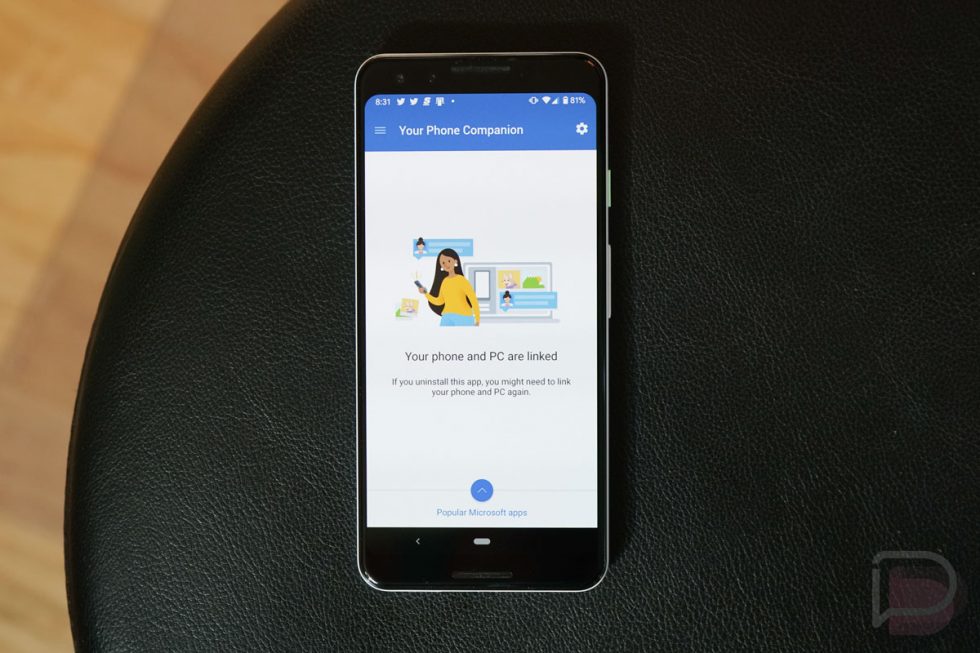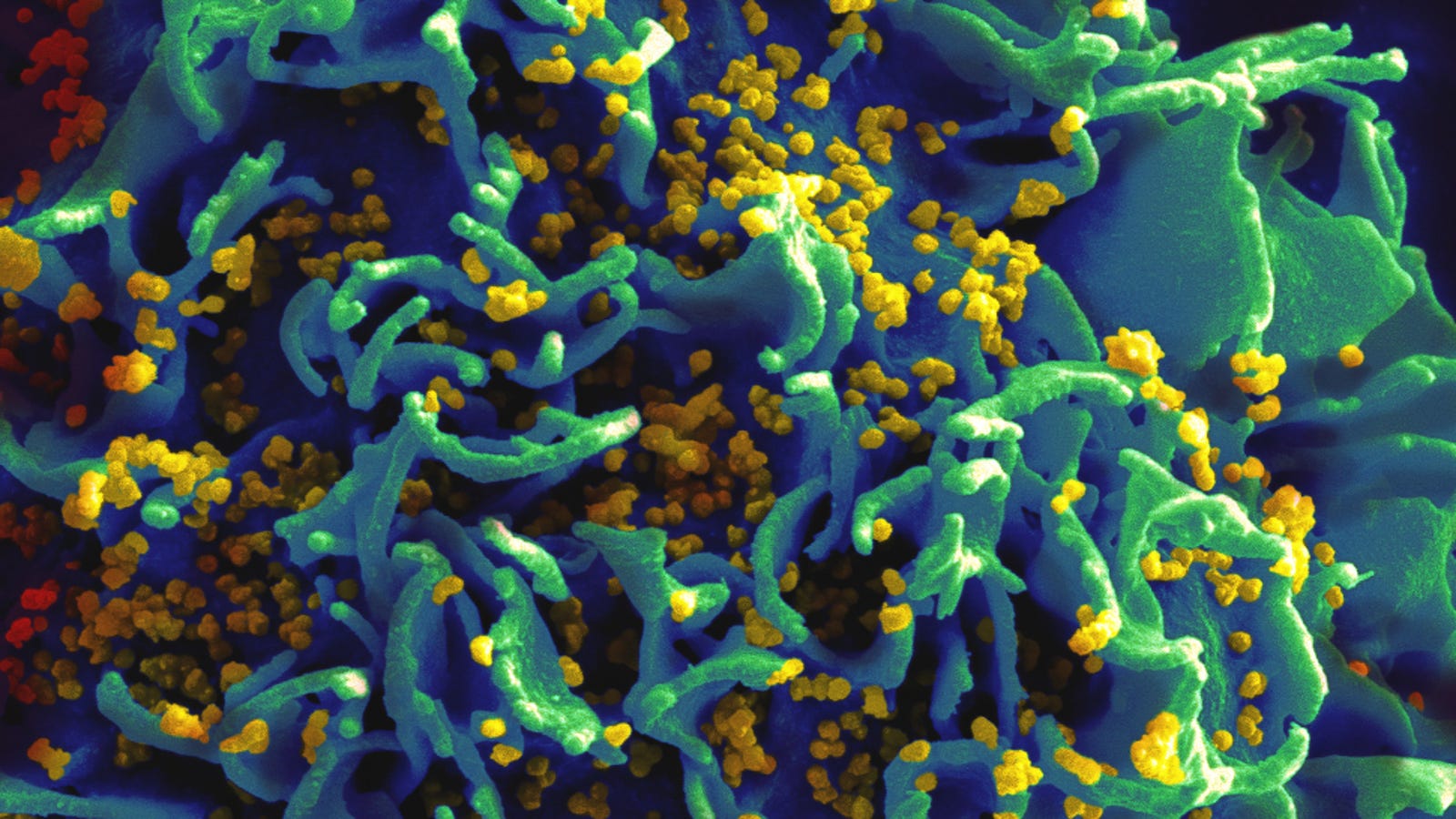https://gizmodo.com/we-regret-to-inform-you-the-uks-ad-regulator-has-deemed-1836092074

The Advertising Standards Authority (ASA), the UK’s independent industry self-regulation group, has officially determined the lower boundary for who counts as an internet “celebrity”: It’s anyone with over 30,000 followers on social media.
Per the Telegraph, the decision comes by way of a case involving pharmaceutical company Sanofi, which paid mommy blogger Sarah Willox Knott (@ThisMamaLife) to endorse a sleeping sedative on Instagram. In the post, Knox wrote that she was a “night owl” who found that the drug was a great “pharmacy only, short term solution to insomnia.”
The post was marked as an ad in compliance with the Committee of Advertising Practice (CAP) code and pre-approved by the Proprietary Association of Great Britain trade group, the Telegraph reported. But the ASA determined that Knox’s 32,000 followers technically qualified her as a celebrity—and thus the posting violated rules that prohibit “celebrities or health professionals from endorsing medical products.”
Sanofi argued that Knox had a considerably smaller following than “recognised celebrities” on Instagram, specifically citing soccer star David Beckham’s 55 million followers and comedian Stephen Fry’s 359,000, according to Ars Technica. This did not work.
“We considered over 30,000 followers indicated that she had the attention of a significant number of people,” the ASA concluded. “Given that she was popular with, and had the attention of a large audience, we considered that ThisMamaLife was a celebrity for the purposes of the CAP Code.”
However, the Telegraph reported that though this is a “new precedent, the watchdog will still judge whether posts from smaller social media accounts breech its endorsement rules on a case-by-case basis.”
So there you have it. Pass that sweet, sweet 30k and you have all the IRL bragging rights in the world that you are technically a celebrity, or something, as determined by a UK-based advertising agency self-regulatory organization on a case-by-case basis. Spread the news! Everyone in the room will pause what they’re doing, stare at you, then start a slow clap and begin cheering “Influencer! Influencer! Influencer!” Dollar bills will somehow rain from the ceiling, and one of the Kardashians will be there, crying a single tear of joy. Also, Jordan Peterson will be there for some reason, staring at you morosely.
People will definitely not just look at you funny and hope you switch to a different subject.
In the U.S., standards on social media advertising are more than a bit looser. After years of pretty much everyone looking the other way on shady influencer tactics like endorsing products without disclosing it’s a paid advertisement as legally required, the Federal Trade Commission issued a number of warnings in 2017—though Morning Consult reported in October 2018 that the FTC said “it has not taken any public actions against noncompliant influencers since last year” and violations remain rampant.
via Gizmodo https://gizmodo.com
July 3, 2019 at 07:36PM





